Description
The release of Mike Millard’s audience recording master, which is a weekly treat for enthusiasts. In the second half of this year, the first day in LA in 1977, which is famous for “Listen to this, Eddie”, was the talk of boot fans, but the first peak of the series in the first half was definitely the first day in Long Beach in 1975. In fact, the outstanding quality of the ZEP live sound sources that Millard left behind is comparable to that of “Eddie”, so even if you are not a maniac, you can start collecting ZEP live sound sources. There are many people who have become addicted to it. In any case, no one will dispute that this is the best live sound source of ZEP in 1975 captured by Millard. When such a famous live concert reaches the 21st century, soundboard recordings have been discovered by “LONG BEACH CALIFORNICATION”. With this, the world’s mirrored sound source will also be excused from its role… However, despite this, the popularity of his music never declined. It is true that the sound board reveals the details of the performance with intense clarity, but perhaps it is the fate of the sound source recorded from the PA out, that it lacks the sense of realism that is unique to live performances. Furthermore, I can’t help but feel that the momentum of the performance is spoiled. In that respect, the Millard recording took place on March 11, 1975, and breathed in plenty of the air at the Long Beach Arena, and the incredible sound image and clear freshness were overwhelming. As a result, this recording did not lose its value. How was it possible to achieve such outstanding high quality recording? The JEMS team clarified this when releasing the master tape this time. It was in 1975 that Millard introduced the combination of the AKG 451E microphone and Nakamichi 550 cassette deck that made it possible to achieve such high sound quality. He first tested the equipment at the Faces’ LA Forum concert in early March. That was the recording heard on their “L.A. FORUM 1975 MIKE MILLARD 1st GEN” CD, but it was also in preparation for the coming West Coast invasion of ZEP. I didn’t know that the concert I attended while also checking the equipment was the Faces. But it doesn’t stop there. Millard came up with the legendary “wheelchair preparation” idea and put it into action on his first day in Long Beach. Regarding this incident, it includes the testimony of Jim R., who procured a wheelchair and went to the arena with Millard at the time of its release, and that it was the beginning of what he called the “wheelchair era” in Millard’s recording career. It is. No wonder we were able to achieve an outstanding sense of stability and an amazing sound image. What’s more, Johnsy’s bass line is also captured with amazing grainy clarity. Perhaps because it was a monumental recording for Millard, JEMS first released a remastered version of the master, making it an unusual sound source. After that, I uploaded the original version of the master tape, a “flat transfer” so to speak. Regarding this sound source, JEMS released “LONG BEACH ARENA 1975: Mike Millard Unmarked 1st Gen Cassettes Transfer” a few years ago, and it sold out, but there is a difference in sound quality between that and this version. is obvious. Our staff was overwhelmed, wondering if there was such a huge difference in sound quality between the so-called low generation “Unmarked 1st Gen” and the master tape. Even “Unmarked 1st Gen”, which had such high sound quality and felt natural, sounds fluffy and muffled when faced with this version. Of particular note is the best version of “Flat Transfer,” which is being reissued this time. The texture and listening comfort are truly wonderful, and I would like to call it the ultimate in cassette audiences: delicate and natural. Mirrored is a taper that originally used Dolby on/off and was particular about wide range extension, even increasing the hiss noise. I was finally able to enjoy it as it was. (Honestly, in the remastered version that first appeared, it was unpopular with enthusiasts for the unnaturalness that was caused by suppressing the hiss of Bonzo’s drum sounds and the edge of Plant’s MC between songs. ) and the performance is also wonderful. Among enthusiasts, the period from the next day to the second day in Seattle tends to be considered the peak of the 1975 American tour, but on this day, the day before that, ZEP’s light footwork performance that was ready to go out of control was the highlight of this day. Isn’t that a big attraction? In particular, the rhythm section’s flexible performance has a different charm from the reckless performance that follows the next day, and the first masterpiece is “In My Time Of Dying”. It is clear that when the key was lowered for live performance, they were aiming for a different approach from reproducing the profound atmosphere of the studio version, but the light and supple performance of the two rhythm sections and the front The two people’s daring ways blend well together. It is true that the performance from the next day to Seattle has a high voltage, but it is also true that it looks like a crap. In fact, “Dazed And Confused” continues to escalate from the next day onwards, but this performance, which falls within the standard 1975 American pattern, is more appealing and less tiring to listen to, and this is due to the master sound quality this time. It stands out even more. Also, when it comes to “Stairway To Heaven”, Page plays the phrases lightly this time, and this is also full of a different charm from the next day. In other words, the completed version of the 1975 American tour was completed on the first day of Long Beach, and it could be said that it led to the escalated play from the next day onwards. Even for enthusiasts who have listened to the Long Beach first day items that have been released so far, the upper feeling unique to this master tape will make them realize the charm of the performance once again. Comparison verification between “Unmarked 1st Gen Cassettes Transfer” and “Master Cassettes: Flat Transfer” “1st Gen” is played on a Nakamichi deck, but because Dolby is applied, the cymbal reverberation and snare rim shot are The delicious parts of the high range, such as the sound of the sound, are diluted. As for the bass, the Nakamichi’s unique sound range around 100hz is well reproduced, but the treble is sparse, giving the overall impression of being dull. Also, the reproduction of the left channel is recorded with a slightly weak feeling. (Minor azimuth deviation? Playback head condition? Dolby effect? There are many possible causes…) However, regarding hiss noise, “1st Gen” has less due to the effect of Dolby. “Master Cassettes: Flat Transfer” is played on a Yamaha deck, but it is played without Dolby, and the high frequencies are well recorded up to around 18kHz, so it is a reproduction of the current tape. . Regarding bass, it is reproduced in the standard condition of decks other than Nakamichi. As a characteristic of this deck, there is a tendency for the mid-high range to be slightly emphasized during playback, but this is not an artificial phenomenon. In conclusion, “Master Cassettes: Flat Transfer” wins by a landslide in terms of sound quality and content. Live at Long Beach Arena, Long Beach, CA, USA 11th March 1975 ULTIMATE SOUND Disc 1 (54:50) 1. Intro 2. Rock And Roll 3. Sick Again 4. Over The Hills And Far Away 5. In My Time Of Dying 6. The Song Remains The Same 7. The Rain Song ★The blank space in the analog cut at 7:37 looks real, so I left it as is. 8. Kashmir Disc 2 (53:43) 1. MC 2. No Quarter 3. Trampled Underfoot 4. Moby Dick ★The blank space in the analog cut at 13:04 is realistic, so I left it as is. Disc 3 (55:02) 1. MC 2. Dazed And Confused 3. Stairway To Heaven 4. Whole Lotta Love 5. The Crunge 6. Black Dog
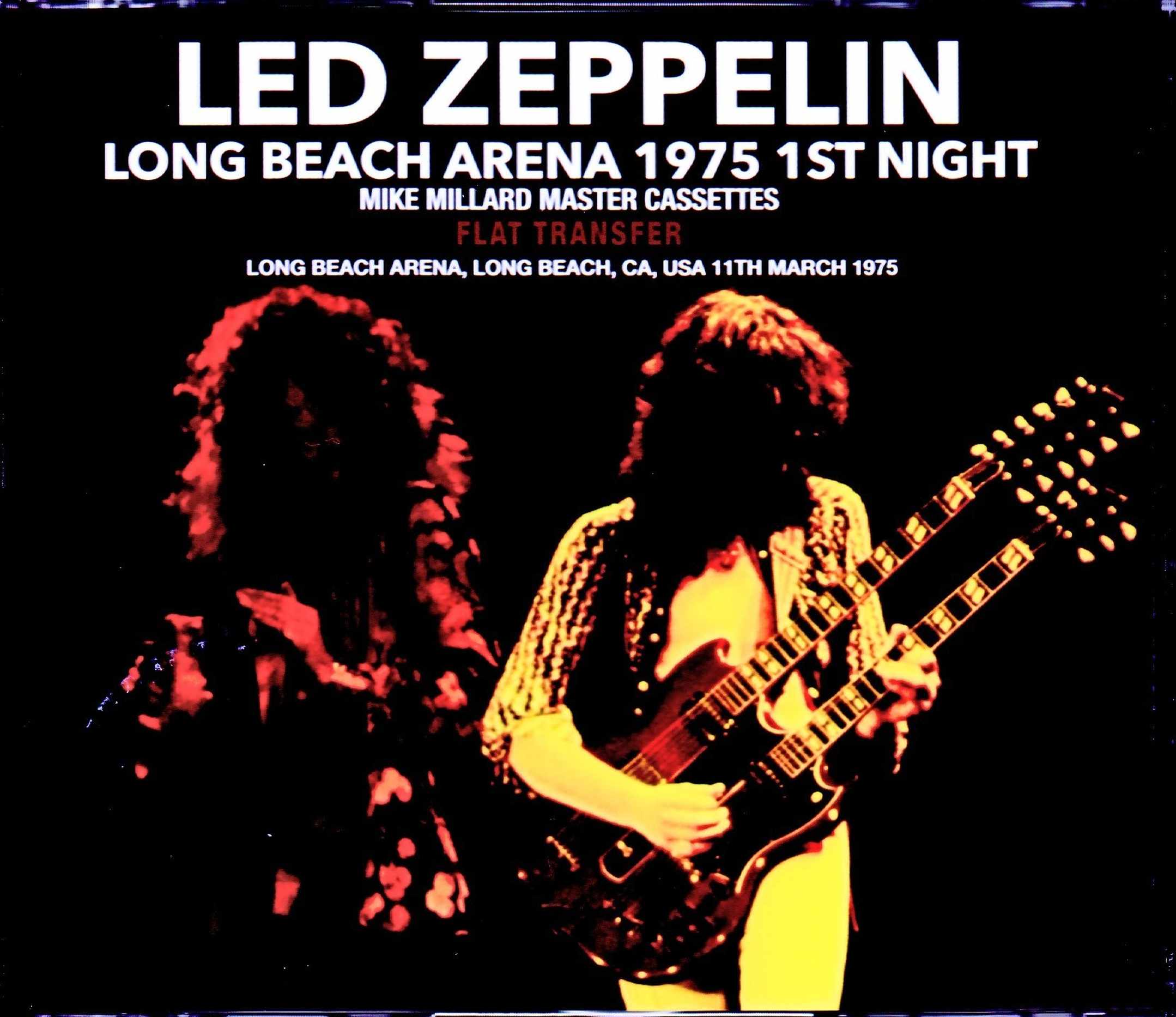
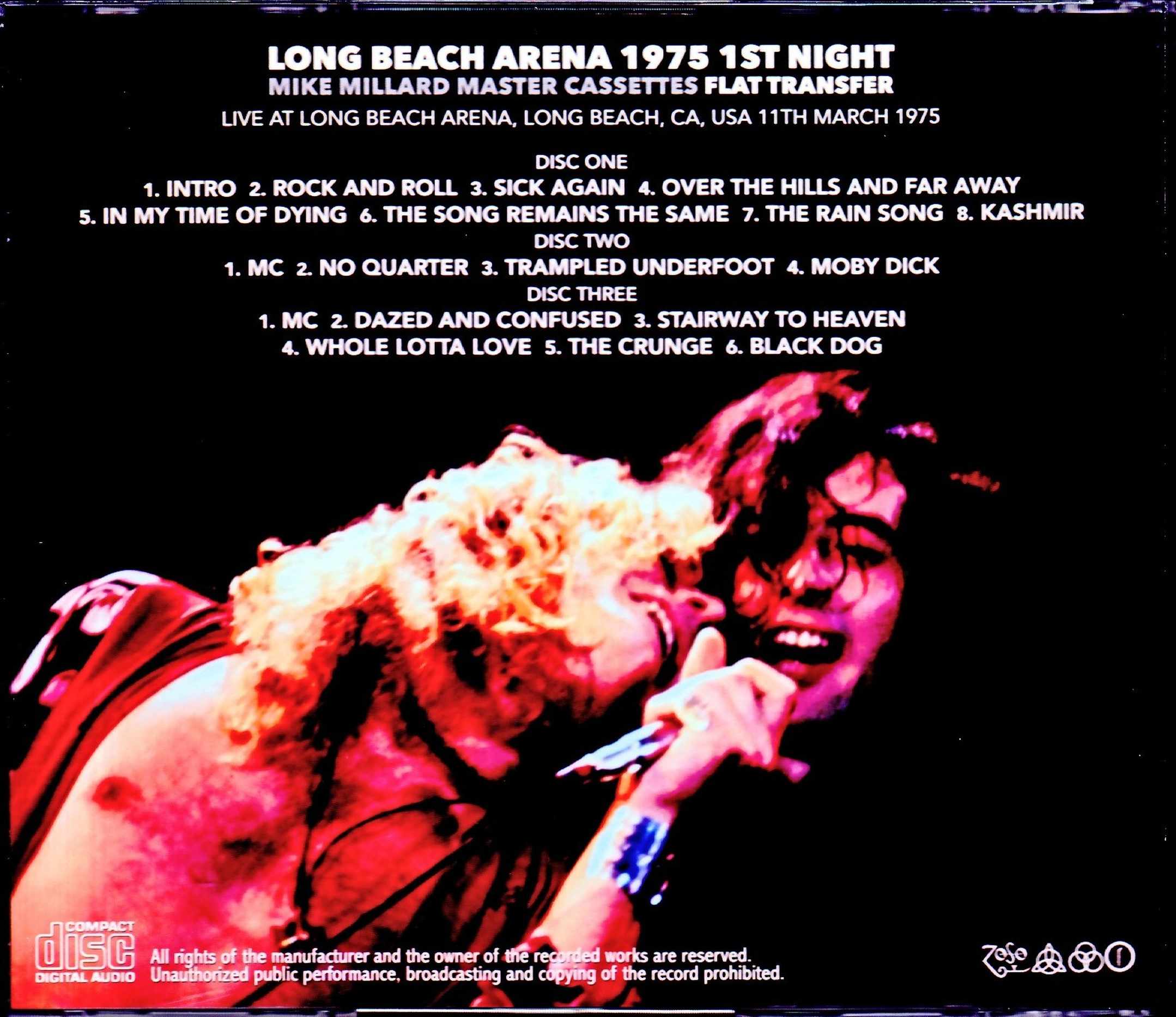

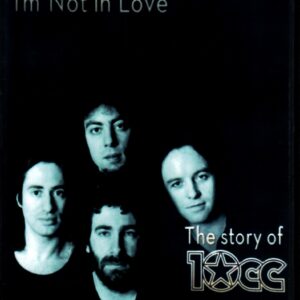
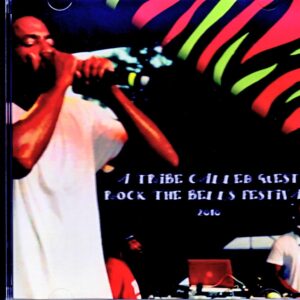
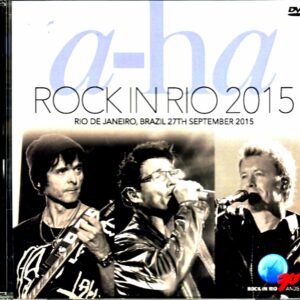
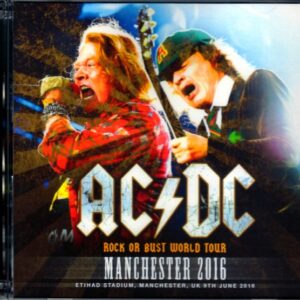
Reviews
There are no reviews yet.